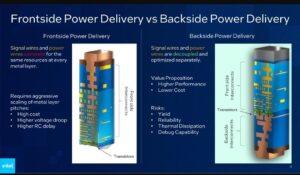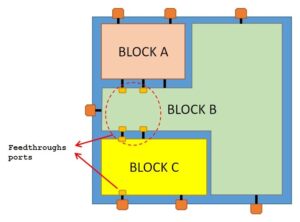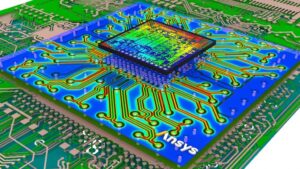ASIC Physical Design Engineers play a critical role in PPA (Power, Performance, Area) recovery throughout the RTL-to-GDSII flow.
Below is a structured breakdown of their key tasks and techniques for PPA optimization, categorized by Power, Performance, and Area:

- Dynamic Power Reduction
Clock Gating:
Insert clock gating cells (ICGs) to disable clocks for idle logic blocks.
Example: Automate gating with TCL scripts in synthesis/PnR tools.
- Multi-Bit Flip-Flop (MBFF) Merging:
Combine single-bit FFs into multi-bit FFs to reduce clock network power.
Tool: Synopsys DC/ICC2 set_clock_gating_options.
- Voltage Scaling:
Implement Multi-Vt libraries (LVT for critical paths, HVT for non-critical).
Challenge: Balancing timing vs. leakage power
- Voltage Scaling:
2. Leakage Power Reduction
- Power Gating:
Use header/footer switchesto shut off power to idle blocks (e.g., sleep transistors). Example: Automated power switch insertion in Cadence Innovus.
Body Biasing:
Apply reverse body bias (RBB) to HVT cells to further reduce leakage.
3. IR Drop Mitigation
- Decoupling Capacitors:
Add decap cells near high-switching logic (e.g., CPU cores).
Tool: RedHawk/Voltus for decap placement analysis.
- Power Mesh Optimization:
Increase metal width/pitch in high-current regions.
AWS Example: Graviton chips use hierarchical power grids.
2. Performance Optimization
A. Timing Closure
Useful Skew:
- Deliberately imbalance clock tree latency to improve setup/hold margins.
- Tool: PrimeTime + ECO scripts.
Critical Path Optimization: - Cell Sizing: Upsize drivers on critical paths.
- Buffer Insertion: Break long nets to reduce RC delay.
Example:tcl resize_cell -lib_cell BUF_X4 [get_cells critical_path_ff]
B. Clock Tree Synthesis (CTS)
H-Tree Structures:
- Balance clock skew for high-frequency designs (e.g., AWS Graviton).
Clock Mesh: - Use mesh networks for ultra-low skew in multi-GHz designs.
C. Crosstalk Mitigation
- Shielding:
Route critical nets (clocks) between VDD/VSS lines.
Tool: Innovusadd_shield
Spacing Rules:
Increase spacing for high-aggressor nets.
3. Area Recovery
A. Congestion Reduction
- Macro Placement:
Place macros at chip edges to reduce routing congestion.
Example: Use Cadence Innovusplan_design - Cell Padding:
Add whitespace around high-density cells.
B. Logic Optimization
Library Cell Selection
- High-Density Libraries:
Use low-drive cells in non-critical paths.
Tradeoff: Timing vs. area.
4. Toolflows & Automation
A. PPA-Aware Scripting
- TCL/Python for ECOs:
# Example: Auto-resize cells with negative slack
foreach cell [get_cells -filter "slack < 0"] {
resize_cell -lib_cell BUF_X4 $cell
}- Machine Learning:
- Use ML-based tools (e.g., Synopsys DSO.ai) for PPA exploration.
B. Signoff Correlation
- Cross-Tool Validation:
- Compare power/timing between PrimeTime (signoff) and PnR tools.






